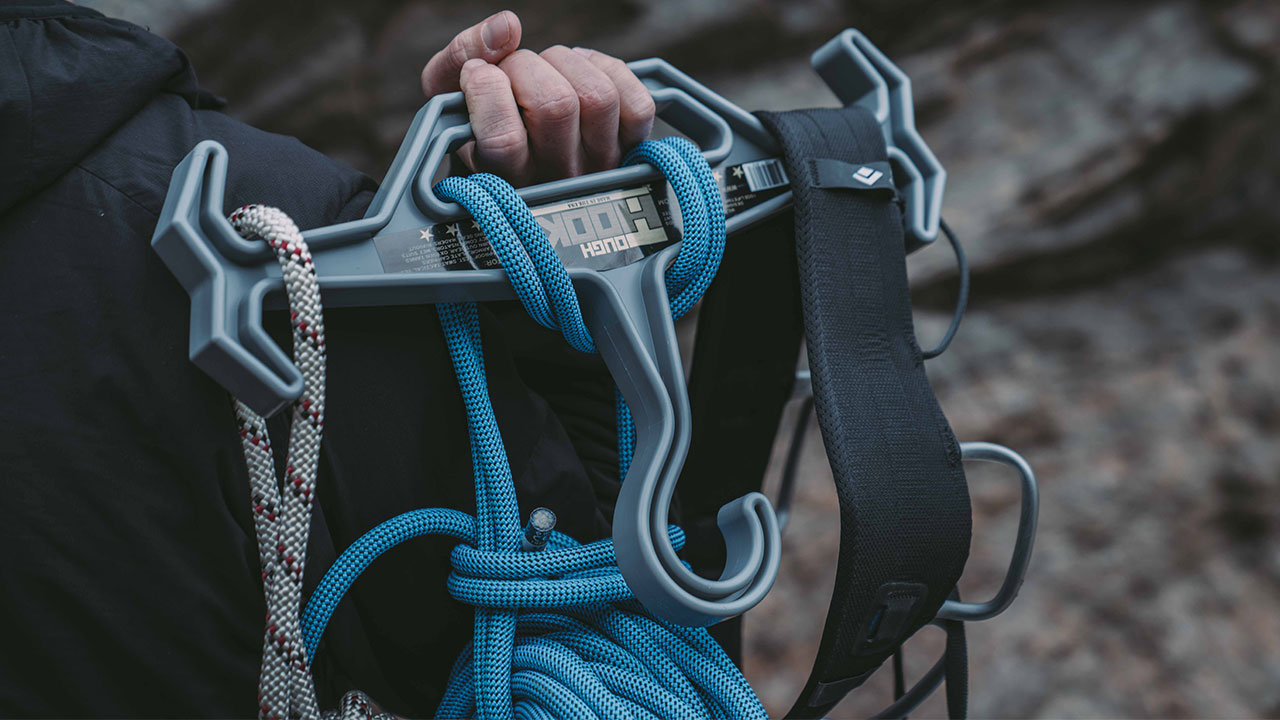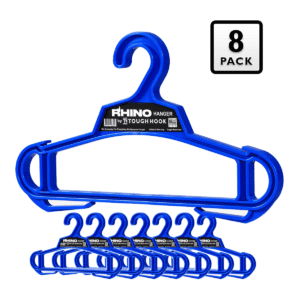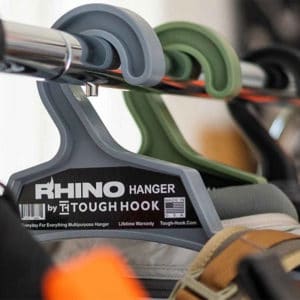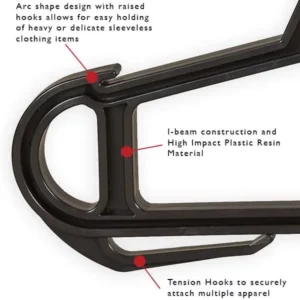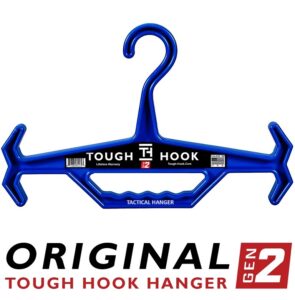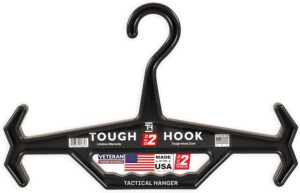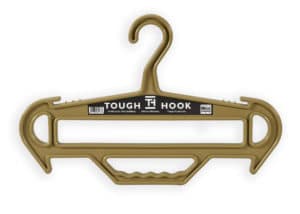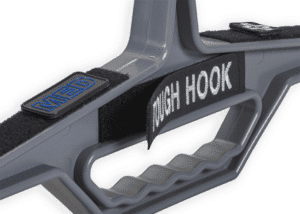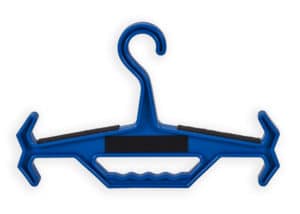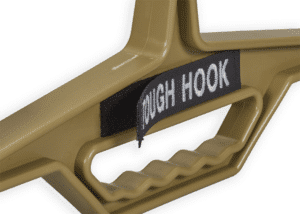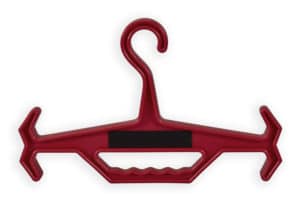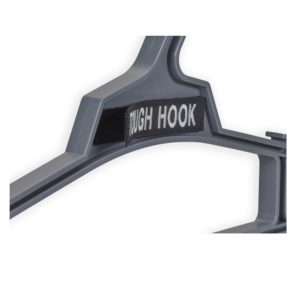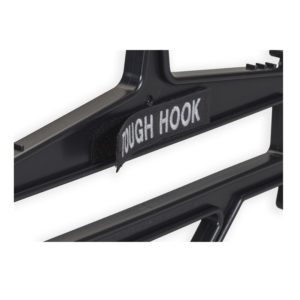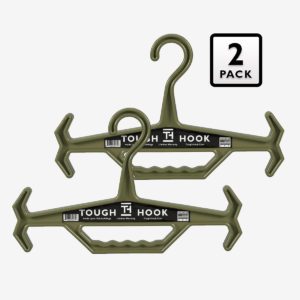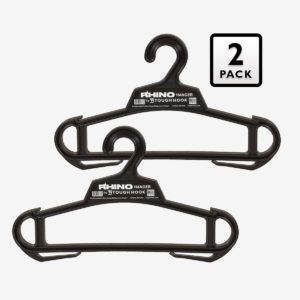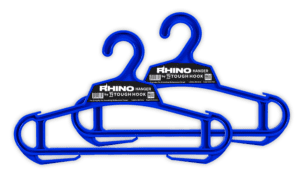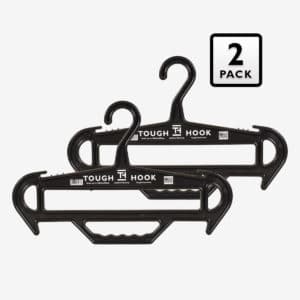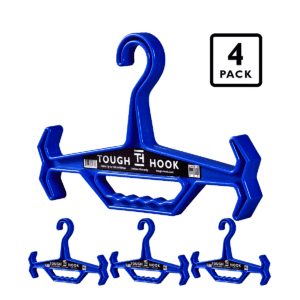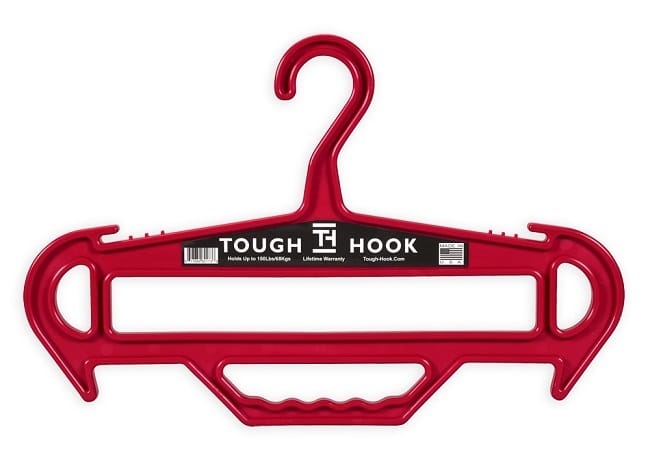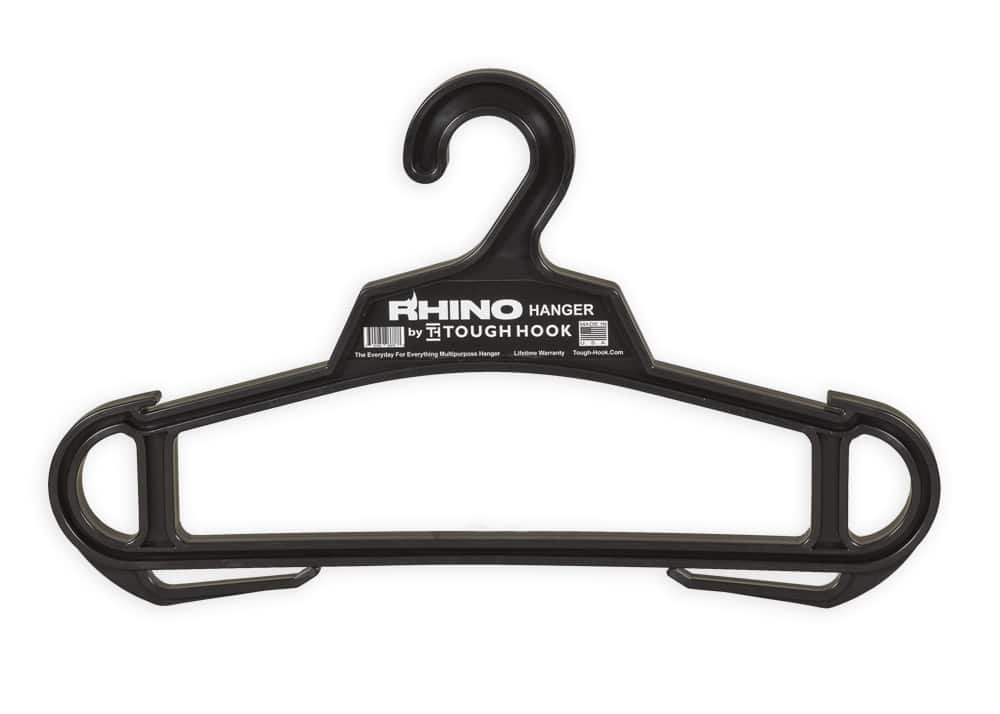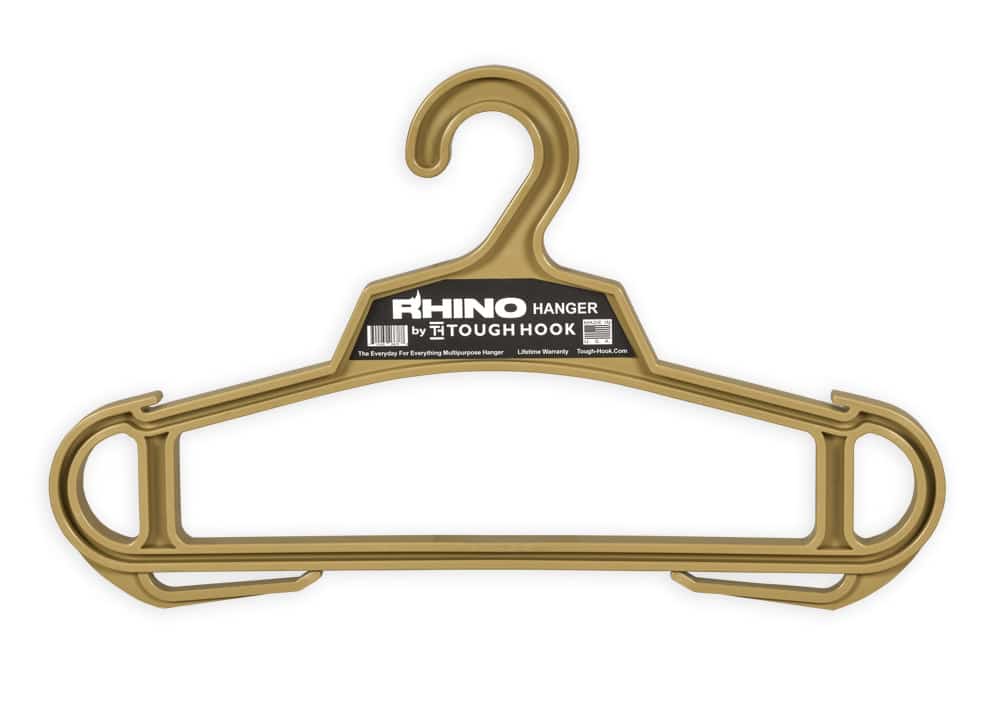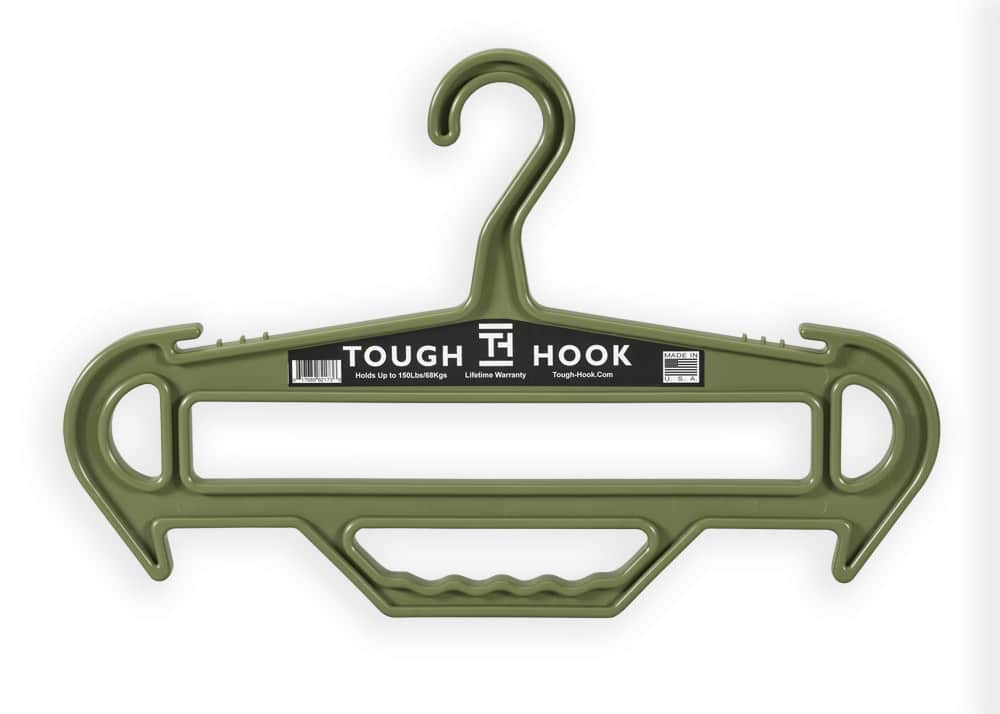From Harnesses to Hangers
If you’ve been bitten by the climbing bug, you know that there’s no greater thrill than mountaineering and ascending a mountain. But you also know that having the right gear is essential to staying safe and completing all of your adventures successfully.
In this article, we’ll review some of the most important camping equipment that you need for your trip, including well-known items such as ropes and crampons to less common accessories such as hangers and watches.
Boots, Crampons, and Helmets
Some of the most obvious pieces of camping equipment for mountaineering are tactical boots and crampons. You need a pair of well-fitting, insulated boots specifically designed for mountaineering in the climate and conditions you usually climb. You should find an expert to help you choose the right pair for your needs.
Crampons attach to your boots and provide traction. They may strap on or, step in, or a combinat harnession of the two. They are typically made from steel or aluminum, and the type that you need also depends on the type of climbing you do.
Especially in hot weather, you might be tempted to skip a helmet, but wearing one is absolutely essential. You can buy them with closable vents and attachments for lights.
Ropes, Harnesses, and Carabiners
Your climbing rope is your lifeline, literally! That’s why it is very important to choose this item carefully, keeping your particular needs in mind. Consider both diameter and length, as well as weather and dry treatment.
Again, nothing can ruin a mountaineering experience faster than trying to use the wrong rope. It can also endanger your life and the lives of those climbing with you.
Like ropes, high-quality harnesses and carabiners are also essential camping equipment. The most comfortable and safest option for mountaineering is a harness made specifically for the sport, but you can also use a regular climbing harness without putting yourself in danger.
You will need both locking and nonlocking carabiners for your climb. Many people are tempted to also use carabiners for other needs, such as storing their gear when not in use, but we don’t recommend doing this. Instead, bring a heavy-duty hanger along. We describe those in the next section.
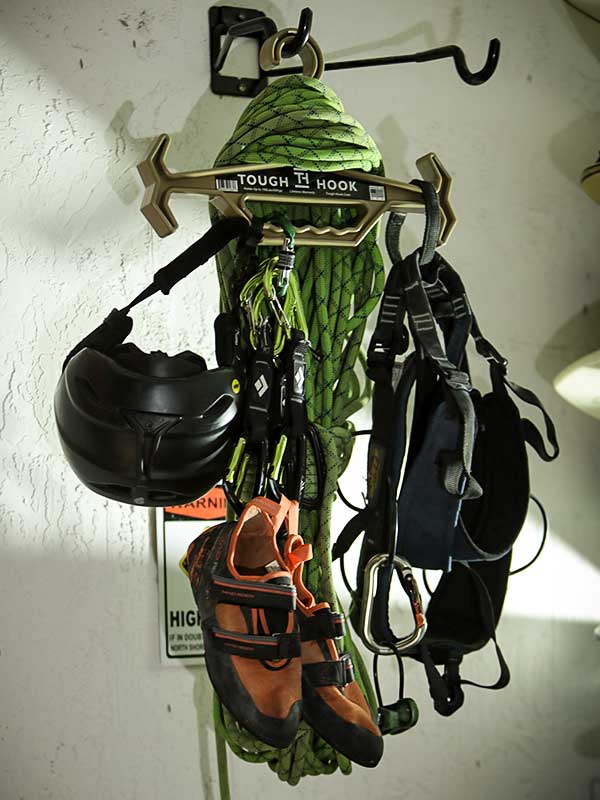
2 Pack RHINO Heavy Duty Clothes Hanger Bundle
Original price was: $25.95.$23.95Current price is: $23.95.Carry and Hold it All: Hangers and Backpacks
You will need to somehow carry all of your camping equipment to your destination. A good backpack is a great way to do that. Most backpacks designed especially for climbing are sleeker and slimmer. Some have removable parts and sections (such as a lid) to reduce weight when heavy climbing. This is especially useful if you’re carrying gear that you need for camping but not for climbing. They also have pockets or attachments for carrying crampons, ropes, and other specific climbing gear, even an ice ax.
A heavy-duty hanger may not be the first item that comes to mind when you’re packing for your trip, but an item such as a Tough Hook is absolutely essential for a successful camping and mountaineering adventure. You can use a hanger to keep your important gear off the ground and ready when not in use.
It can also keep all of your gear organized, which helps protect it from wear and tear and reduces stress on your part. Once you try taking it along, you’ll never go camping or mountaineering without it again.
The Tough Hook holds up to 150 pounds and can be hung from almost anywhere. What is more, it converts to a handy carrying accessory. This means that you can much more easily transport all of your camping equipment to your site, as well as keep it safe.
Sleeping, Eating, and Drinking
If your mountaineering trek involves multiple days, you’re going to need somewhere to sleep. In many cases, you will be staying somewhere more rugged than a traditional campsite, so you must take those needs into consideration. A three- or four-season tent is an ideal choice. You will also more than likely need a very warm sleeping bag. We recommend carrying a bulkier sleeping bag and foregoing a sleeping pad for safety if you must.
You’re going to need plenty of good food for the energy that is required for long days of climbing. In addition to your normal nutritional needs, plan to consume 200 to 300 additional calories for each hour of climbing. A Tough Hook hanger is a great way to store food off the ground while you’re away from your campsite.
You can bring along bars and other calorie-dense foods, but you’ll likely also need a stove. When choosing the right one, consider both weight and whether it will work in more extreme weather conditions.
It will also be difficult to bring along enough water for an entire day or more of even moderate climbing. Look into purchasing some kind of water treatment system as part of your camping equipment.
Other Items and Accessories
There are many other items to consider bringing on your trip with you. They include:
- Ice ax
- Crevasse rescue equipment: it’s a good idea to carry this along in case you or another climber needs help after falling into a crevasse (another reason you should not climb alone). This pack should contain slings, cords, lightweight pulleys, and a snow picket.
- Headlamp: even if you don’t plan to climb at night, it is a good idea to bring a headlamp just in case, and for exploring crevasses and other dark spaces.
- Watches and navigation tools: there are all sorts of clever devices that you can use to aid in mountaineering, and many do not require traditional cell service to work, which is not only convenient but also potentially life-saving.
- First-aid kit, sunscreen, and insect repellent
- Something with which to start a fire
- Wands: these can be used to mark your path or draw attention to hazards.
- Solar-powered charger: for both phones and other accessories.
- Knife
- Extra food, water, socks, and everything else: because you just never know and can’t be too careful.
You may also want to consider bringing along additional hangers, given that they are so incredibly lightweight and useful. Check out all of Tough Hook’s options, and pass all of this advice along to your fellow climbers!
Frequently Asked Questions
What is the primary function of an ice ax?
An ice ax aids in stability on icy terrains, serves as a tool for cutting steps in snow, and can be used in self-rescue.
Why might someone need crevasse rescue equipment?
Crevasse rescue gear is essential when climbing in glacier regions, as it assists in retrieving climbers who’ve fallen into deep snow cracks.
Can regular wristwatches be used for mountaineering?
While any watch displays time, specialized mountaineering watches offer altimeters, barometers, and compass functionalities, aiding in navigation.

